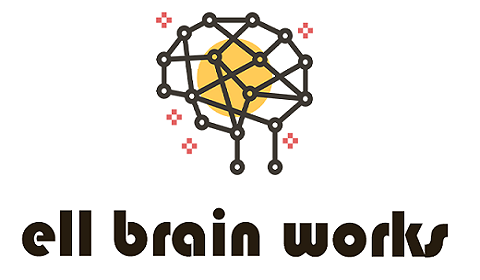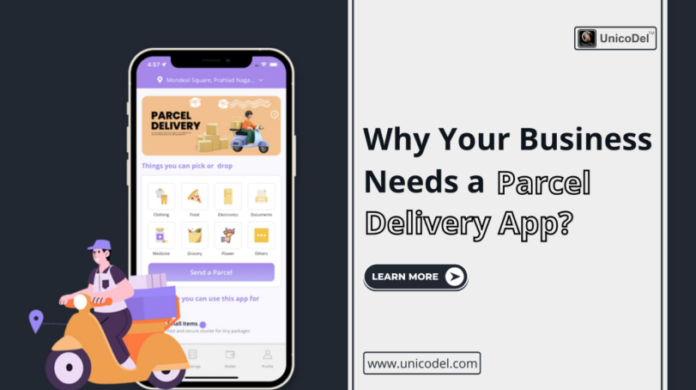In the ever-evolving landscape of on-demand services, delivery apps have become an integral part of daily life. Whether it’s food, groceries, or parcels, consumers expect timely and efficient delivery. One of the most critical features driving the success of these apps is real-time tracking. While it might seem like a mere convenience to users, real-time tracking plays a much deeper role in ensuring smooth operations and enhancing customer satisfaction.
Enhances Transparency
Transparency is key in building trust with customers. Real-time tracking allows in Delivery management app development users to monitor the exact location of their order from the moment it is dispatched until it reaches their doorstep. This level of visibility reduces anxiety and uncertainty, offering a sense of control to customers.
Moreover, delivery companies benefit from transparency as well. Knowing where their fleet is at any given time helps managers make informed decisions and provide accurate updates to customers when needed.
Improves Delivery Efficiency
Efficiency is the backbone of any successful delivery operation. Real-time tracking enables route optimization, ensuring drivers take the fastest and most efficient paths to their destinations. Advanced algorithms can analyze traffic patterns, road conditions, and weather forecasts to suggest the best possible routes in real time.
This not only reduces delivery times but also helps in cutting down fuel costs, which is a significant expense for logistics companies. By ensuring faster deliveries, businesses can handle more orders, ultimately increasing their revenue potential.
Reduces Operational Costs
For any business, minimizing costs while maintaining quality service is a top priority. Real-time tracking contributes to this goal by enabling better resource management. When companies can monitor their fleet in real-time, they can identify idle vehicles, underperforming drivers, or inefficient routes.
Additionally, it helps in proactive maintenance scheduling. Instead of relying on fixed maintenance intervals, businesses can use tracking data to monitor vehicle performance and schedule servicing only when necessary, thereby extending vehicle lifespan and reducing maintenance costs.
Enhances Customer Experience
The user experience is a major factor in customer retention. With real-time tracking, customers no longer need to call support to ask about the status of their order. They can see the estimated time of arrival, track their delivery in real time, and receive notifications at each step of the process.
Providing such a seamless experience boosts customer satisfaction and builds loyalty. Satisfied customers are more likely to use the service again and recommend it to others, helping the business grow through word-of-mouth.
Ensures Driver Safety
Driver safety is often overlooked in the discussion of delivery app features, but it’s crucial for long-term success. Real-time tracking allows businesses to monitor driver behavior, such as speeding or taking risky routes. Alerts can be sent to drivers in real time, ensuring they adhere to safety protocols.
Furthermore, in case of emergencies, such as vehicle breakdowns or accidents, the company can quickly locate the driver and dispatch assistance. This level of support enhances driver morale and reduces turnover, which is a common issue in the logistics industry.
Facilitates Data-Driven Decisions
Data is the new oil, and real-time tracking provides a wealth of information that can be analyzed to improve operations. From identifying high-demand areas to understanding peak delivery times, businesses can make data-driven decisions to optimize their services.
Additionally, historical tracking data can be used to forecast demand, manage inventory better, and plan future expansion. Companies that leverage data effectively gain a significant competitive edge in the crowded delivery app market.
Strengthens Accountability
Accountability is crucial in ensuring service quality. Real-time tracking makes drivers accountable for their routes and timings, reducing instances of delays or missed deliveries. Customers, too, are less likely to make false claims about non-receipt of orders when they can track deliveries in real time.
This mutual accountability leads to smoother operations, fewer disputes, and better relationships between all stakeholders involved—customers, drivers, and the business.
Conclusion
Real-time tracking has become an indispensable feature in modern delivery app development. Beyond offering convenience, it enhances transparency, improves efficiency, reduces operational costs, and strengthens both customer experience and driver safety. Moreover, it provides valuable data that can drive strategic decisions, ensuring long-term success in a highly competitive market.
Businesses that invest in robust real-time tracking solutions not only meet customer expectations but also gain a significant advantage over their competitors. As the demand for fast and reliable delivery continues to grow, real-time tracking will remain a cornerstone of successful delivery operations.


